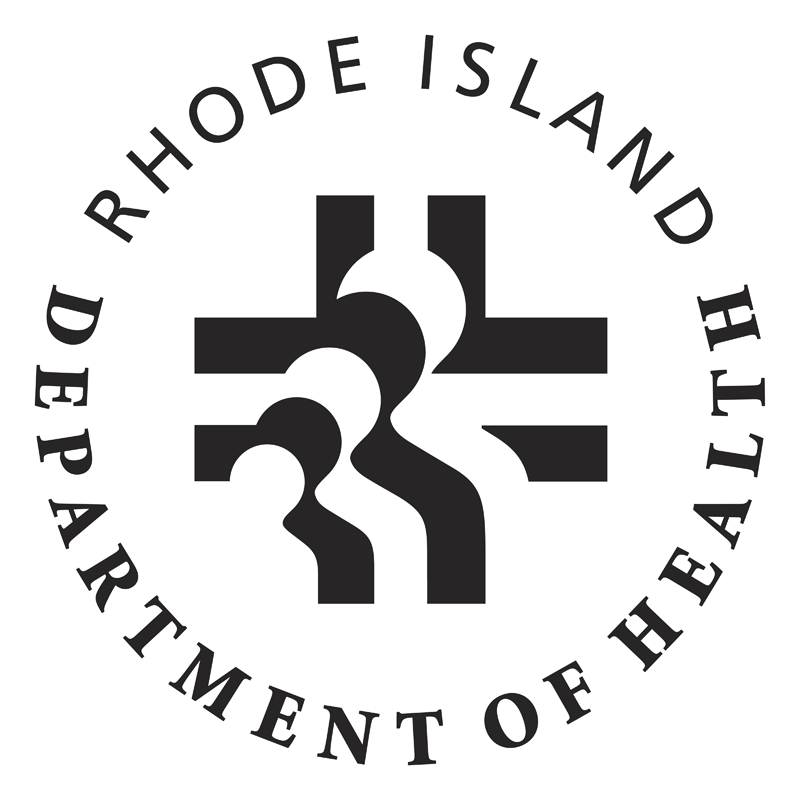Telemedicine
Telemedicine has a place in the practice of medicine. Telemedicine is a tool which should enhance efforts to achieve optimal health outcomes for patients.
Telemedicine is defined very generally as the delivery of healthcare where there is no in-person exchange. Telemedicine, more specifically, is a mode of delivering healthcare services and public health utilizing information and communication technologies to enable the diagnosis, consultation, treatment, education, care management, and self-management of patients at a distance from health care providers.
What Healthcare Providers Should Do
Evaluation of the Patient
Evaluating a patient via Telemedicine or in-person is a dynamic, interactive experience which should conclude with a customized care plan for the patient relevant to the chief complaint. A documented patient evaluation, including history and physical evaluation adequate to establish diagnoses and identify underlying conditions and/or contra-indications to the treatment recommended and/or provided, must be obtained prior to providing treatment, including issuing prescriptions, electronically or otherwise. Physical evaluation means using the tools and resources available utilizing telemedicine and the internet appropriately to come to a reasonable diagnostic conclusion. It is understood that a physical evaluation done via Telemedicine or the internet is inherently different than in the traditional in-person encounter.
Treatment
Treatment and consultation recommendations made in an online setting, including issuing a prescription via electronic means, will be held to the same standards of appropriate practice as those in face-to-face settings. Treatment, including issuing a prescription, based solely on an online questionnaire without an appropriate evaluation does not constitute an acceptable standard of care and is considered unprofessional conduct.
Electronic Communications
Written policies and procedures should be maintained for the use of patient-physician electronic mail. Such policies and procedures should address (1) privacy, (2) health-care personnel (in addition to the physician addressee) who will process messages, (3) hours of operation, (4) types of transactions that will be permitted electronically, (5) required patient information to be included in the communication, such as patient name, identification number and type of transaction, (6) archival and retrieval, and (7) anticipated response or turnaround times, (8) quality oversight mechanisms and (9) compliance with HIPAA. Policies and procedures should be periodically evaluated for currency and be maintained in an accessible and readily available manner for review.
Sufficient security measures must be in place and documented to assure confidentiality and integrity of patient-identifiable information. Transmissions, including patient e-mail, prescriptions and laboratory results must be secure within existing technology (i.e., password protected, encrypted electronic prescriptions, or other reliable authentication techniques). Patient-physician e-mail, as well as other patient-related electronic communications that is pertinent to the diagnosis and treatment of the patient should be stored and filed in the patient's medical record.
Turnaround time should be established for patient-physician e-mail and medical practice sites should clearly indicate alternative form(s) of communication for urgent matters.
Informed Consent
An agreement should be employed documenting patient informed consent for the use of patient-physician e-mail and other text based communications. The agreement should be discussed with the patient to ensure his/her understanding of the guidelines. The agreement should include the following terms:
- Types of transmissions that will be permitted (prescription refills, appointment scheduling, patient education, etc.)
- Circumstances when alternate forms of communication or office visits should be utilized
- Security measures, such as encryption of data, password protected screen savers and data files, or utilization of other reliable authentication techniques, as well as potential risks to privacy
- Hold harmless clause for information lost due to technical failures
- Requirement for express patient consent to forward patient-identifiable information to a third party
- A statement noting that the patient’s failure to comply with the agreement may result in the physician terminating the e-mail relationship
Medical Records
The medical record should include copies of patient-related electronic communications, including patient-physician e-mail, prescriptions, laboratory and test results, evaluations and consultations, records of past care and instructions that are pertinent to the diagnosis and treatment of the patient. record.
Patient medical records should remain current and accessible for review and be maintained in compliance with applicable state and federal requirements.
Compliance with State and Federal Laws and Web Standards
Physicians should meet or exceed applicable federal and state legal requirements of medical/health information privacy. Physicians are referred to Standards for Privacy of Individually Identifiable Health Information issued by the Department of Health and Human Services.
Physicians are encouraged to comply with nationally recognized health Web site standards and codes of ethics, such as those promulgated by the American Medical Association, Health Ethics Initiative2000, Health on the Net and the American Accreditation HealthCare Commission (URAC).
Disclosure
Physician medical practice sites should clearly disclose:
- Owner of the site;
- Specific services provided;
- Office addresses and contact information;
- Licensure and qualifications of physician(s) and associated healthcare providers;
- Fees for online consultation and services and how payment is to be made;
- Financial interests in any information, products or services;
- Appropriate uses and limitations of the site, including providing health advice and emergency health situations;
- Uses and response times for e-mails, electronic messages and other communications transmitted via the site;
- To whom patient health information may be disclosed and for what purpose;
- Rights of patients with respect to patient health information;
- Information collected and any passive tracking mechanisms utilized.
Accountability
Medical practice sites should provide patients a clear mechanism to:
- Access, supplement, and amend patient-provided personal health information;
- provide feedback regarding the site and the quality of information and services;
- register complaints, including information regarding filing a complaint with the applicable state medical board(s);
Advertising/Promotion of Goods or Products
Advertising or promotion of goods or products from which the physician receives direct remuneration, benefits or incentives is prohibited.
What we do
The Rhode Island Board of Medical Licensure and Discipline (BMLD) recognizes that the Internet and Telemedicine offer potential benefits in the provision of medical care. The appropriate application of this technology can enhance medical care by facilitating communication with physicians and other health care providers, refilling prescriptions, obtaining laboratory results, scheduling appointments, monitoring chronic conditions, providing healthcare information and clarifying medical advice. However, it is the expectation of the BMLD electronic communications and interactions between the physician and patient should supplement and enhance, but not replace, crucial interpersonal interactions that create the very basis of the physician-patient relationship.
The BMLD has developed these guidelines to inform licensees as to the appropriate use of the Internet and Telemedicine in medical practice in Rhode Island.

 Rhode Island Department of Health
Rhode Island Department of Health